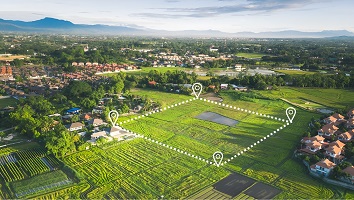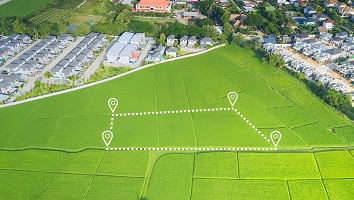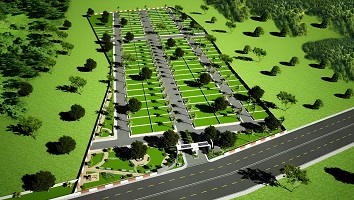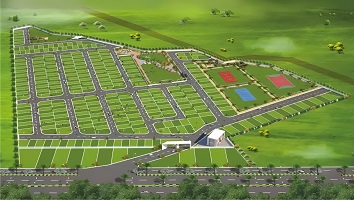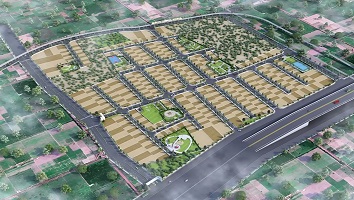New Launch Projects
In Yamuna Expressway, Greater Noida
The Yamuna Expressway is a six-lane, 165 km long, controlled-access highway that links Agra with Greater Noida in the Indian state of Uttar Pradesh. The expressway is one of the lengthiest and fastest highways in India, planned to reduce travel time between Agra and Delhi, the 2 major tourist locations in India. In this essay, we will discuss in detail the Yamuna Expressway, its challenges, construction, and benefits.
Challenges:
The Yamuna Expressway has faced several challenges since its induction. Firstly, there have been concerns around the security of the expressway, as it has viewed several accidents, including some fatal ones. The government and the Jaypee Group have taken several measures to improve security, including the installation of speed cameras and CCTV cameras, and the property of more police personnel on the expressway. Furthermore, there have been concerns about the toll charges, which some public feel are too high.
The toll charges on the expressway are between the maximum in the country, and this has led to protests by various groups. The government and the Jaypee Group have said that the toll charges are necessary to recover the cost of building the expressway and maintaining it. Lastly, there have been concerns about the impact of the expressway on the environment, mostly on the Yamuna River. The Yamuna expressway runs along the banks of the Yamuna River, and there have been concerns about the pollution caused by the increased traffic on the expressway.
Construction:
The building of the Yamuna Expressway was a massive property, requiring the acquisition of thousands of hectares of land, and the building of numerous flyovers, underpasses, and bridges. The developments were carried out by Jaypee Infratech Limited, a subsidiary of the Jaypee Group, one of India's largest infrastructure businesses.
The building of the expressway faced several challenges, including protests by farmers, who claimed that they were not adequately compensated for their land. There were also environmental concerns, as the building of the Yamuna expressway required the cutting down of thousands of trees. However, the government and the Jaypee Group were able to locate these issues, and the expressway was finished on time.
Profits:
The Yamuna Expressway has brought several profits to the region.
Firstly: It has reduced the travel time between Agra and Delhi from six hours to just two hours. This has advanced tourism in the region, as citizens can now visit the Taj Mahal, one of the Seven Wonders of the World, in a single day.
Secondly: the Yamuna expressway has improved connectivity between Delhi and the western part of Uttar Pradesh, making it easier for citizens to travel for work and business.
Thirdly: the expressway has created several job facilities, both during the construction phase and after its completion.
Finally, the expressway has improved the overall organization of the region, making it more gorgeous for investment.
Conclusion:
The Yamuna Expressway is a significant infrastructure property that has brought several profits to the region. It has reduced travel time between Agra and Delhi, created job facilities, improved connectivity, and improved.


